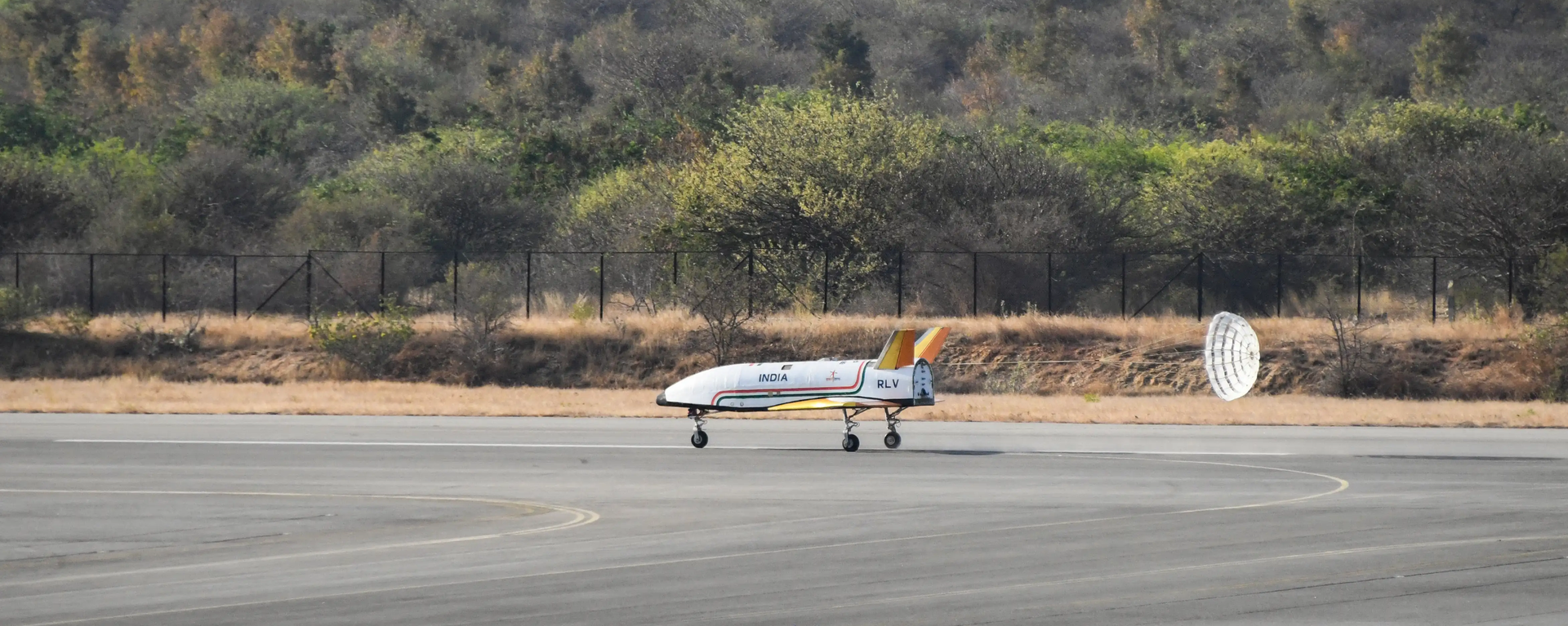https://sputniknews.in/20240311/trisonic-wind-tunnel-to-boost-indias-self-reliance-in-space-exploration-expert-6801750.html
Trisonic Wind Tunnel to Boost India's Self-Reliance in Space Exploration: Expert
Trisonic Wind Tunnel to Boost India's Self-Reliance in Space Exploration: Expert
Sputnik India
The Indian Space Research Organization (ISRO) recently unveiled its inaugural large trisonic wind tunnel (TWT) at the Vikram Sarabhai Space Center (VSSC) in Thiruvananthapuram, Kerala.
2024-03-11T17:57+0530
2024-03-11T17:57+0530
2024-03-11T17:57+0530
science & tech
india
thiruvananthapuram
indian space research organisation (isro)
sputnik opinion
kerala
space satellite
space industry
space exploration
space rocket
https://cdn1.img.sputniknews.in/img/07e8/03/0b/6798214_5:0:636:355_1920x0_80_0_0_6a75993fef1267cd7733faf964013990.png
The trisonic wind tunnel will be used to test the aerodynamic design of rockets to make them more efficient.The unique equipment will enable ISRO to reduce the cost of testing and development of launch vehicles and re-entry capsules that burn in the atmosphere. Sputnik India spoke to former ISRO scientist Manish Purohit to discuss the importance of the trisonic wind tunnel and its potential to enhance India's space industry.In fact, India is one of the three countries in the world that has a wind tunnel that can generate speeds greater than the speed of sound.What are wind tunnels?Wind tunnels are used to test air flow properties and aerodynamic forces, temperature and pressure variations, structural stability of the object being tested, etc. They are used primarily to test vehicles that fly, such as planes and rockets, but also to test high-speed vehicles on the road, such as cars and trucks.The former scientist also underlined that "the project saw active participation of many private players and it will definitely help in testing the designs of ISRO's upcoming launch vehicles such as the Next Generation Launch Vehicle (NGLV), which will enable space exploration. "India's self-reliance in exploration will be promoted."
https://sputniknews.in/20240311/isro-prepares-for-second-reusable-launch-vehicle-mission-this-week-6797390.html
india
thiruvananthapuram
kerala
Sputnik India
feedback.hindi@sputniknews.com
+74956456601
MIA „Rossiya Segodnya“
2024
Sputnik India
feedback.hindi@sputniknews.com
+74956456601
MIA „Rossiya Segodnya“
News
en_IN
Sputnik India
feedback.hindi@sputniknews.com
+74956456601
MIA „Rossiya Segodnya“
Sputnik India
feedback.hindi@sputniknews.com
+74956456601
MIA „Rossiya Segodnya“
isro, latest space news, wind tunnel, trisonic wind tunnel, space race
isro, latest space news, wind tunnel, trisonic wind tunnel, space race
Trisonic Wind Tunnel to Boost India's Self-Reliance in Space Exploration: Expert
The Indian Space Research Organization (ISRO) recently unveiled its inaugural large trisonic wind tunnel (TWT) at the Vikram Sarabhai Space Center (VSSC) in Thiruvananthapuram, Kerala.
The trisonic wind tunnel will be used to test the aerodynamic design of rockets to make them more efficient.
The unique equipment will enable ISRO to reduce the cost of testing and development of launch vehicles and re-entry capsules that burn in the atmosphere. Sputnik India spoke to former ISRO scientist Manish Purohit to discuss the importance of the trisonic wind tunnel and its potential to enhance India's space industry.
"The tunnel has a total length of approximately 160 meters and has a maximum cross-section of 5.4 meters. It is designed for testing scaled models of rockets and spacecraft in the subsonic, transonic and supersonic ranges (Mach 4). This important feature will aid in the aerodynamic design of future space vehicles," Purohit said.
In fact,
India is one of the three countries in the world that has a wind tunnel that can generate speeds greater than the speed of sound.
Wind tunnels are used to test air flow properties and aerodynamic forces, temperature and pressure variations, structural stability of the object being tested, etc. They are used primarily to test vehicles that fly, such as planes and rockets, but also to test high-speed vehicles on the road, such as cars and trucks.
“The Trisonic Wind Tunnel is a special facility that helps in designing rockets and spacecraft by testing “scaled models” under simulated flight conditions. It helps in testing various aspects such as forces acting on the model, "How to balance [moments], evaluate pressure distribution, unsteady pressure, and even acoustic levels. This information is important for designing aerodynamically efficient rockets and spacecraft," Purohit underlined.
The former scientist also underlined that "the project saw active participation of many private players and it will definitely help in testing the designs of ISRO's upcoming launch vehicles such as the Next Generation Launch Vehicle (NGLV), which will enable space exploration. "
India's self-reliance in exploration will be promoted."


